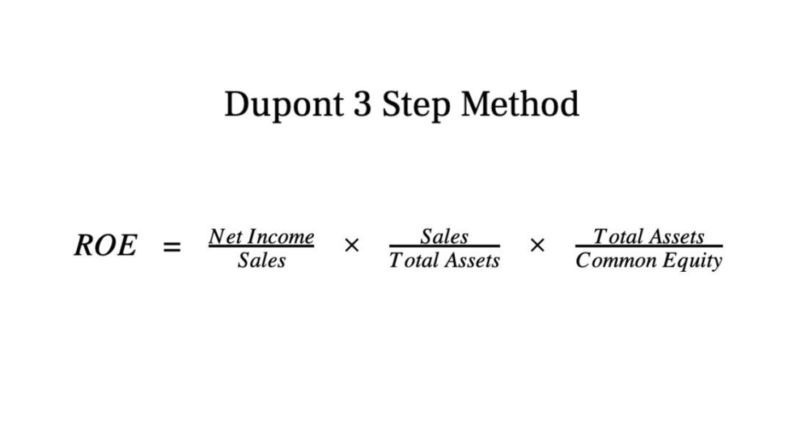
Individual transactions are posted both to the controlling account and the corresponding subsidiary ledger, and the totals for both are compared when preparing a trial balance to ensure accuracy. Control accounts also underpin sustainability by supporting strategic financial planning. The regular reconciliation of control accounts provides timely and accurate financial data, which aids management in making informed decisions about the company’s future direction. This forward-focused, proactive approach ensures that the organization remains financially healthy and agile, further contributing to its overall sustainability. When comparing the control accounts and subsidiary accounts, both ending balances should match.
Balance Sheet
- The balance in a control account should be equivalent to the collective balance of linked subsidiary accounts.
- Let’s suggest that the payment terms for both customers are that they must pay £100 each month.
- For debtors, we compare the closing balance of the debtors control account in the general ledger to the total of all the closing balances of the individual debtor accounts in the debtors ledger.
- By summarizing multiple individual accounts, control accounts provide a streamlined view of important financial data, aiding in efficient financial reporting and internal control.
- Its goal is to give a sense of control and an overview of each individual transaction within the subsidiary accounts.
- In that case, our confidence in the closing balance increases as these are reconciled.
For example, all payables entered on one given day will be collected from the subsidiary ledger and recorded a summary on the accounts payable control account. All control account records must be completed before the books close at the end of a reporting period. If this doesn’t happen, then some transactions may not be reflected in the financial statements rendering them false or incomplete.

Control Accounts in Accounting
By maintaining accurate balances in the general ledger, control accounts facilitate efficient financial management, monitoring, and reporting. Whether tracking accounts receivable, accounts payable, or inventory, control accounts ensure transparency, internal control, and operational efficiency within organizations. Mastering control accounts is essential for maintaining financial integrity, supporting informed decision-making, and meeting regulatory requirements in accounting practices.
Books of Prime Entry

Control accounts simplify the ledger by summarising all of the various transactions into a single account. Suppose the closing balance of creditors in the general ledger is valued at $3,45,000 as of December 31, 2021, and the following is the break-up of the balance. Suppose that on December 31, 2020, the total debtors in the general ledger of ABC manufacturing company valued at $180,000 as break-up is shown. (iii) It facilitates prompt preparation of profit and loss account and balance sheet at the end of each period by providing stock figures quickly. This column will usually contain a brief description or reference of the transaction. It might include the supplier or customer name, an invoice number, or a brief narration of the transaction that helps to provide context around the transaction.
- Control accounts serve as a bridge between source data (individual sales invoices, for example) and the general ledger.
- They have several customers who make purchases on credit, and maintain individual customer accounts in the accounts receivable subsidiary ledger.
- Control accounting helps create streamlined financial reports, and can provide an additional verification step to ensure accuracy.
- Utilizing control accounts can offer several significant benefits, particularly in terms of efficiency, accuracy, and risk management.
- This practice simplifies the review process and enhances the overall accuracy of financial statements, making control accounts an invaluable tool in modern accounting.
- The cost control account appears in the financial ledger of an accounting system that keeps separate books for financial and cost records.
Accounts Payable Control Account
By comparing the balances in control accounts with the sum of corresponding sub-ledger accounts, discrepancies can be quickly identified and addressed. This routine reconciliation process helps to maintain the integrity of accounting records, reducing errors and preventing fraud. Alternatively, the control account may be called the controlling or adjustment account.
Control accounts ensure balances and transactions align correctly with the detailed entries in corresponding subsidiary accounts. Control Accounts are the total accounts in the cost ledger which summarizes the totals of individual accounts (subsidiary ledger). In these accounts, entries are made once at the end of each accounting period based on the periodical totals of transactions in related subsidiary ledgers and books. A “control account” is a general ledger account that summarizes and provides a check on the accuracy of all the detailed subsidiary data. It helps ensure individual transaction what is a control account in accounting records are consistent with the overall total amounts in financial statements.
The examples above are very basic and are standard double-entry accounting transactions. The sale will be recorded as a credit entry (as normal) but what about the corresponding debit? It would not be posted to the bank account as no https://www.bookstime.com/ physical cash has gone to the bank account, or the petty cash account…
- The use of accounts receivable and accounts payable control accounts creates an accounting system where only the general ledger is self balancing.
- Angela has used and tested various accounting software packages; she is Xero certified and a QuickBooks ProAdvisor.
- Control accounts indirectly enforce fiscal discipline within the company.
- This function not only prevents financial loss, but also enhances accountability and transparency, which are key to sustainable business operations.
- If your accounts don’t match, it’s likely that the subsidiary ledger has the error.

Debit the office expense or stationery expense account and credit the company bank account. When you account for any financial transaction of a business, company, or other entity, you always need a debit entry and a corresponding credit entry… However, like any financial tool, control accounts also online bookkeeping come with their potential limitations and complexities.
- In these accounts, entries are made once at the end of each accounting period based on the periodical totals of transactions in related subsidiary ledgers and books.
- Shaun Conrad is a Certified Public Accountant and CPA exam expert with a passion for teaching.
- Once different accounting entries are posted in the books, different ledgers are created that help to set structured and complied data related to different business operations.
- It will include end amounts for things like total credit sales, collections from customers, and the total amount still owed.
Accounts Receivable

Control accounts for accounts receivable must match the subtotals of the customer balances in the sub-ledger. It is, therefore, necessary to correct an error in the books if it does not. Control accounts are fundamental tools in accounting that consolidate and summarize detailed transactions from subsidiary ledgers.